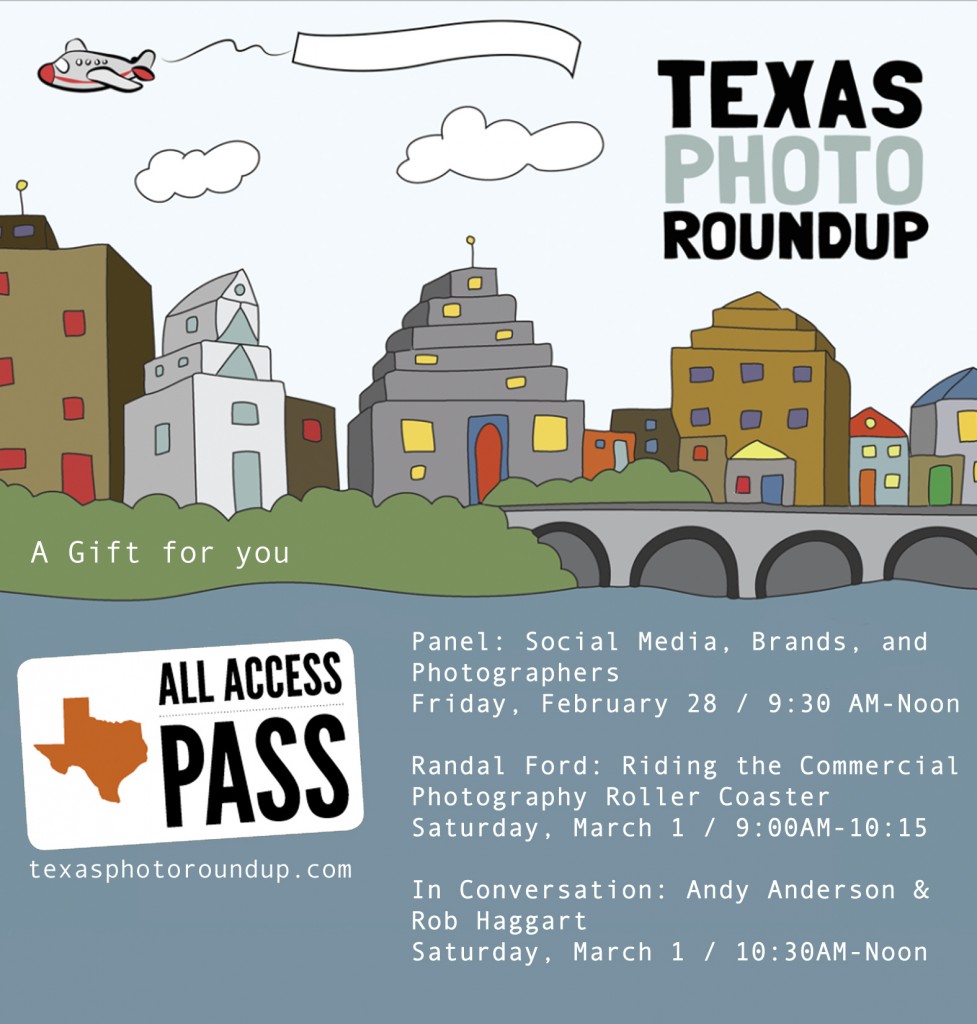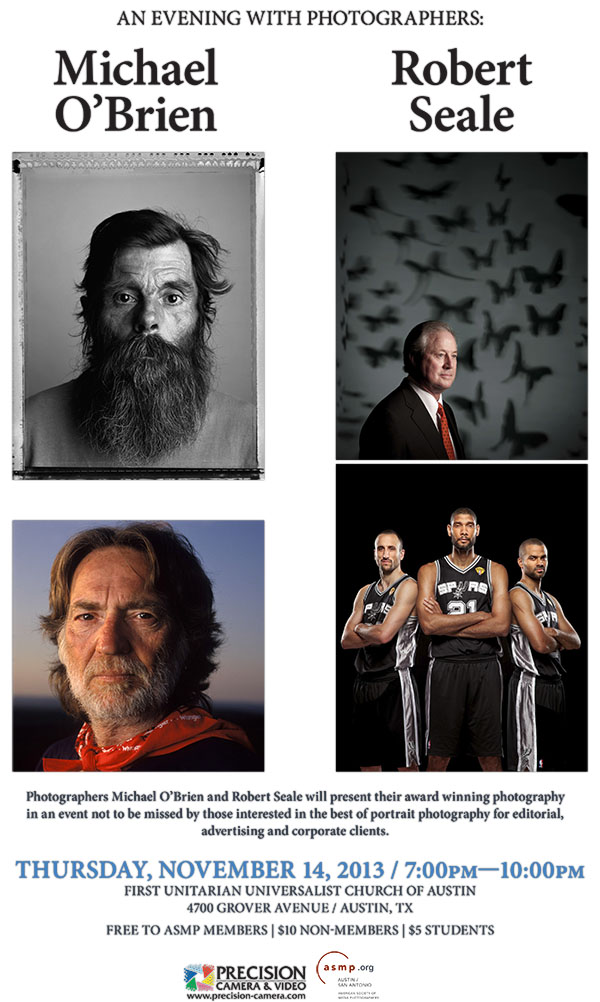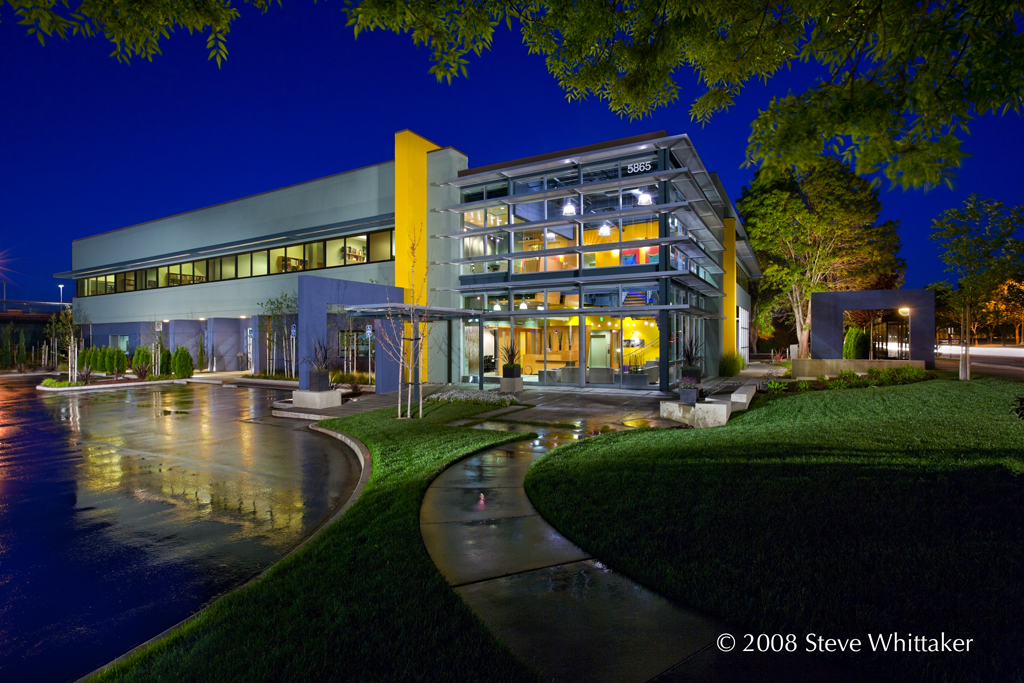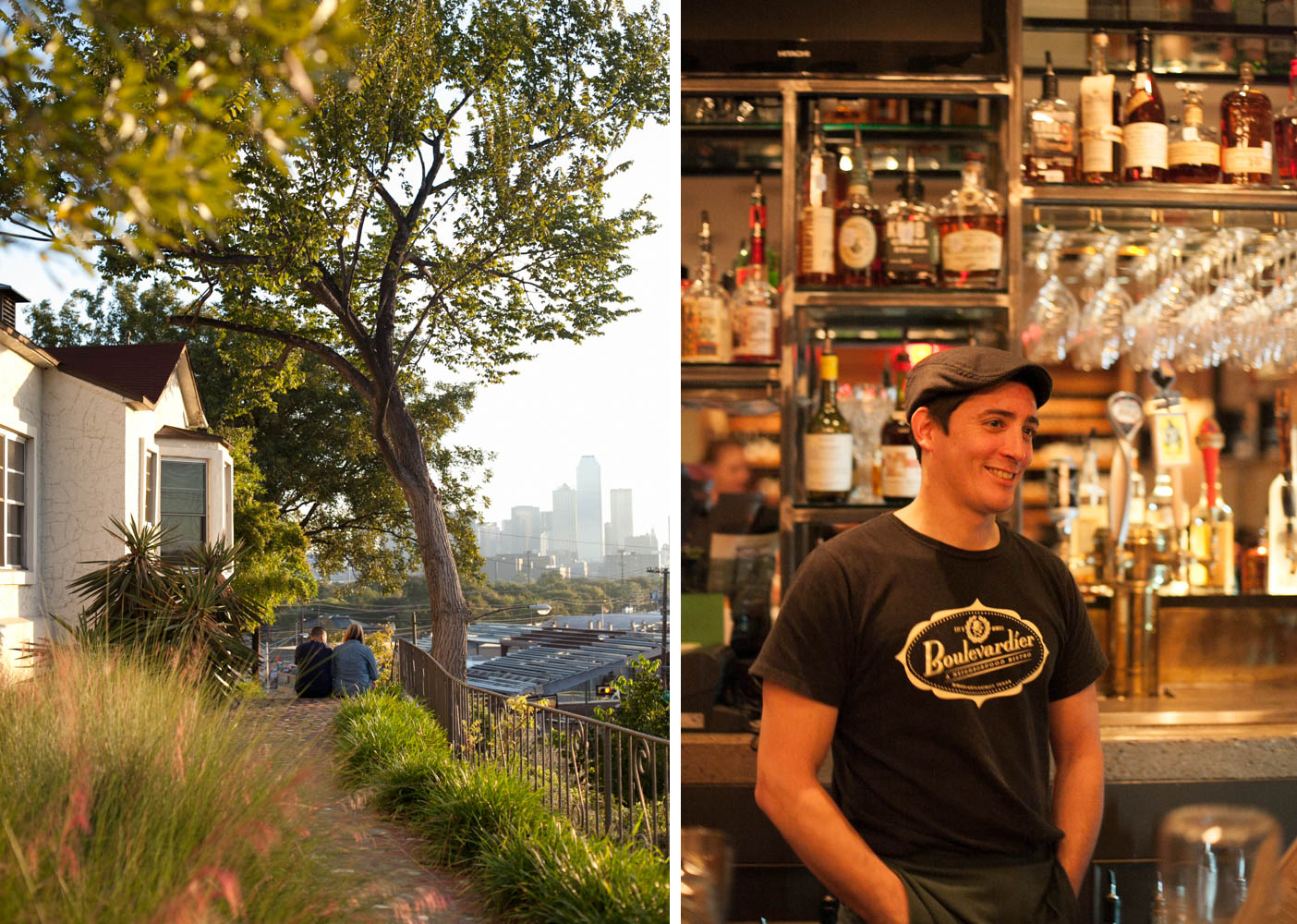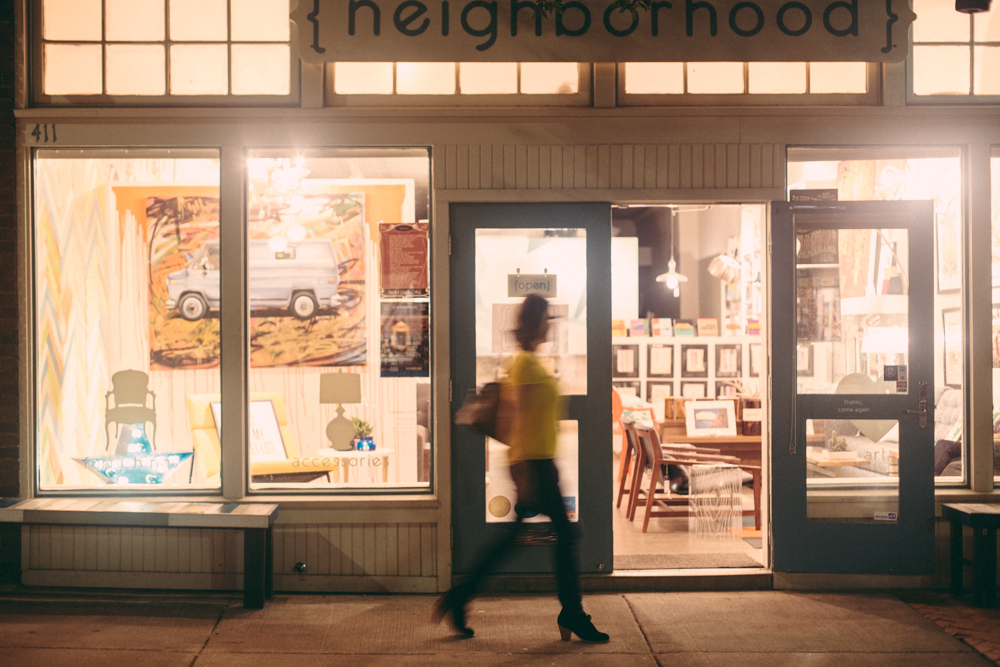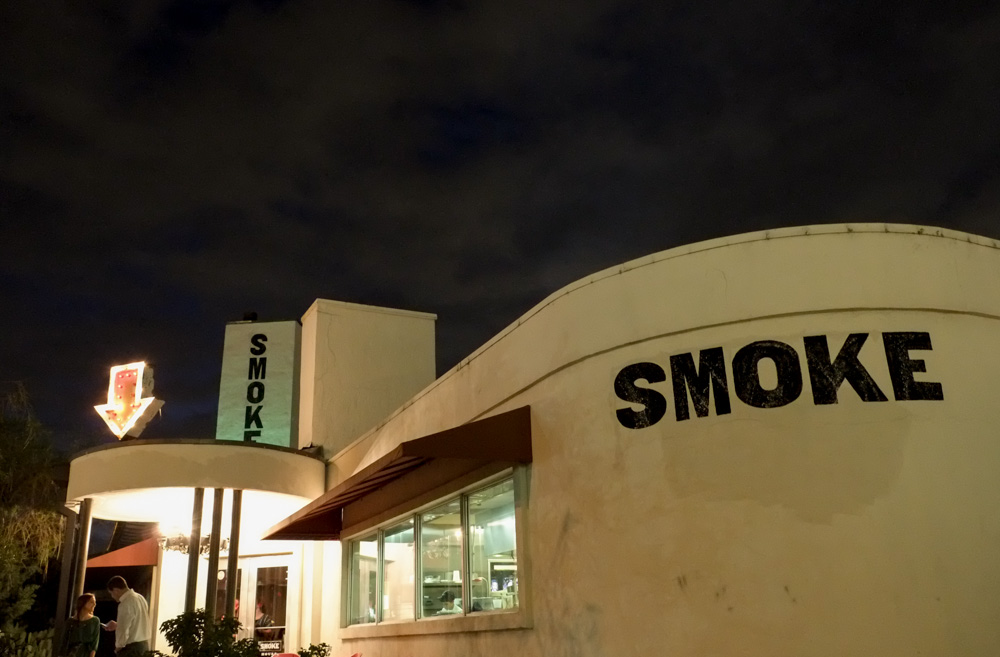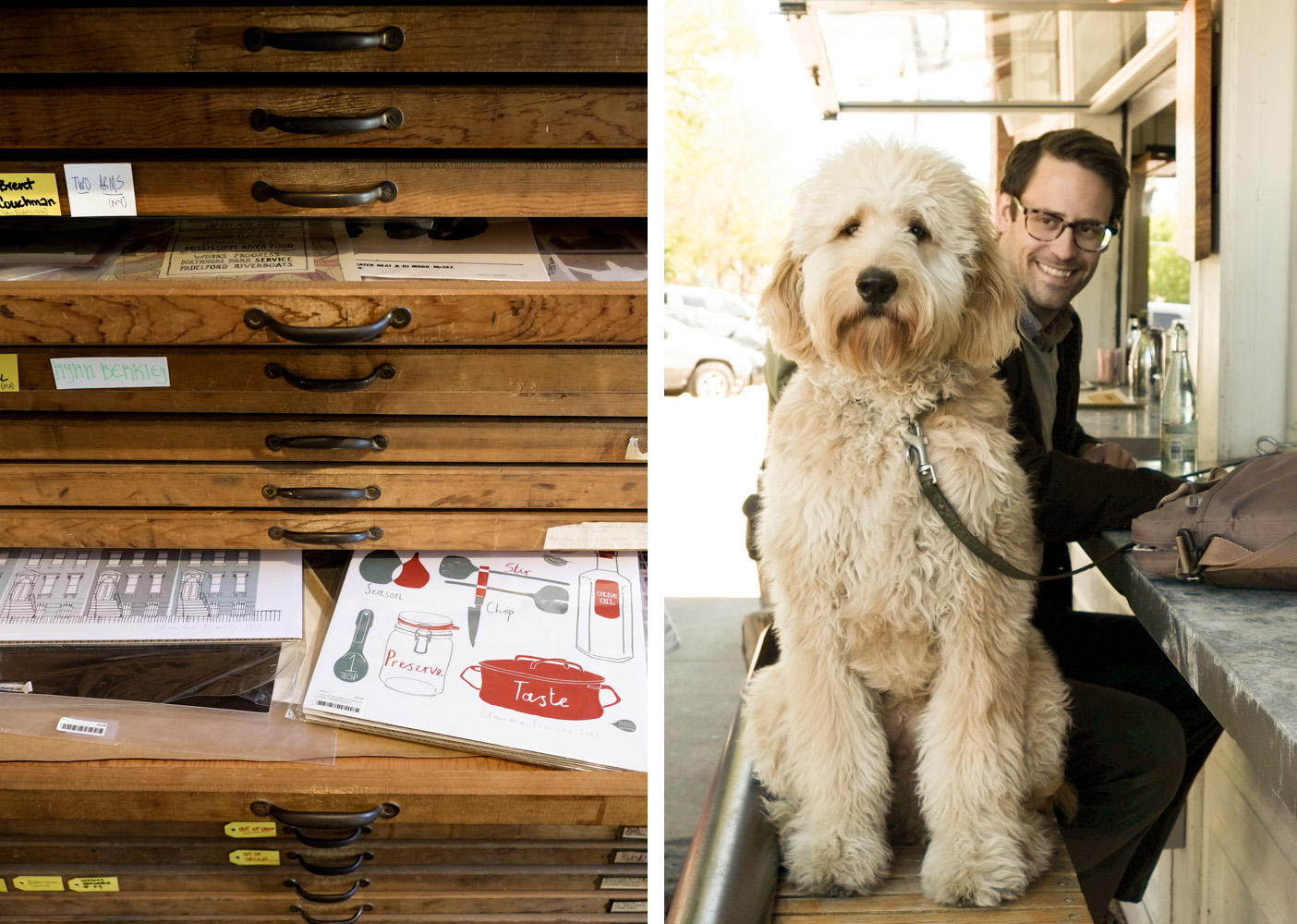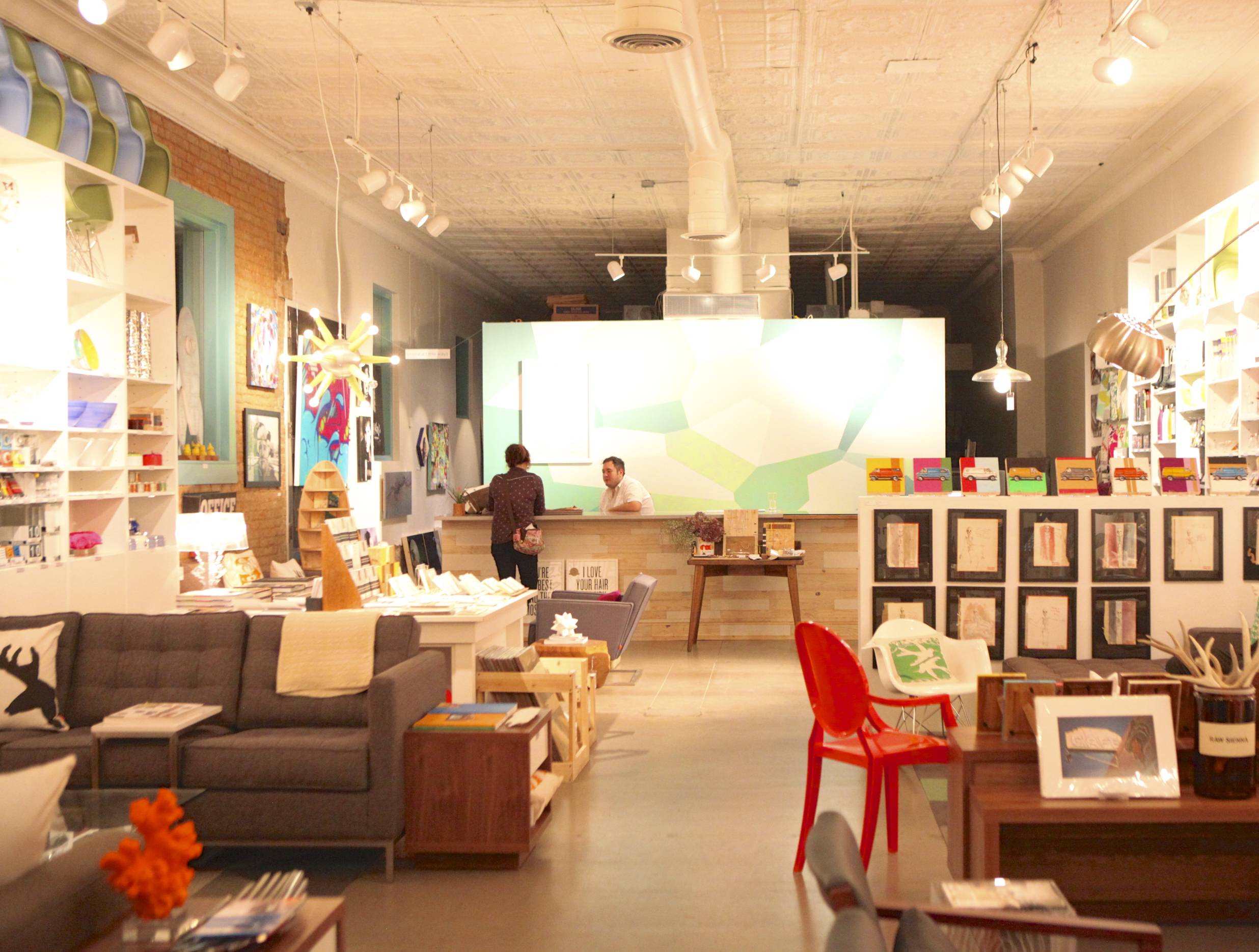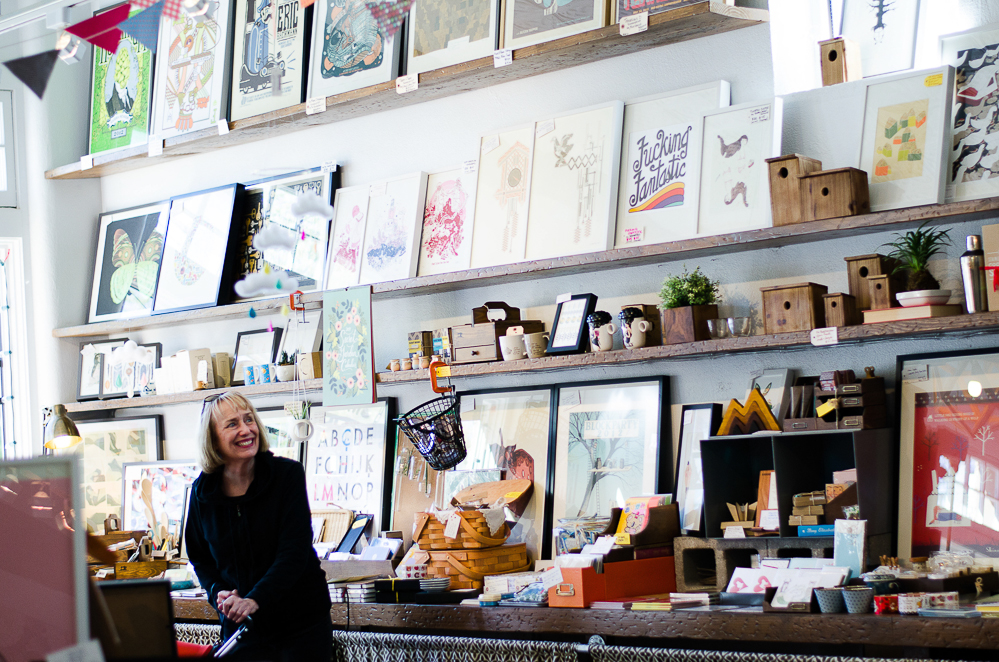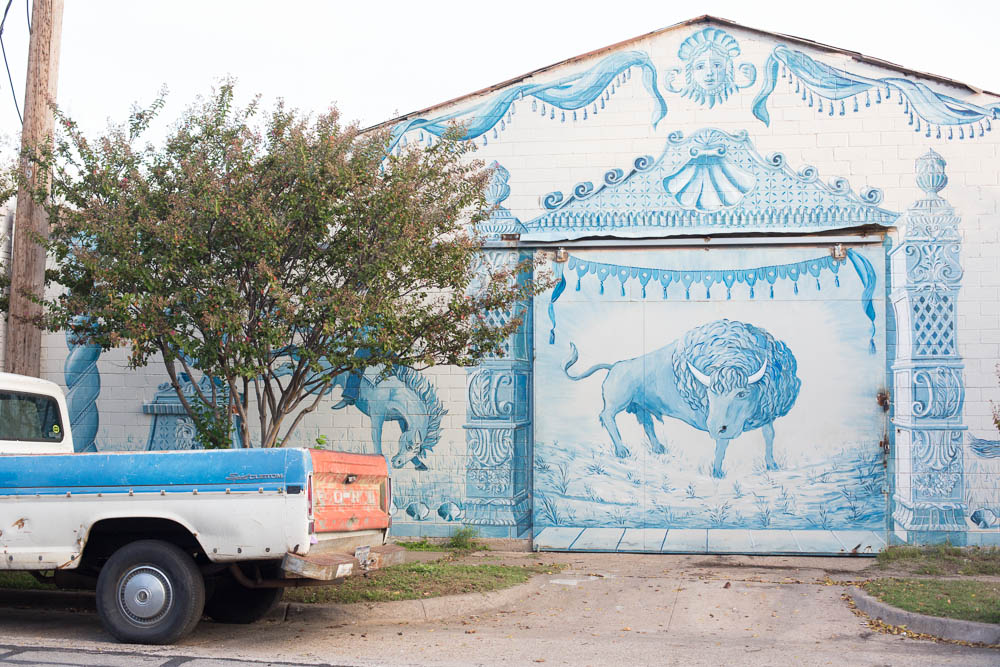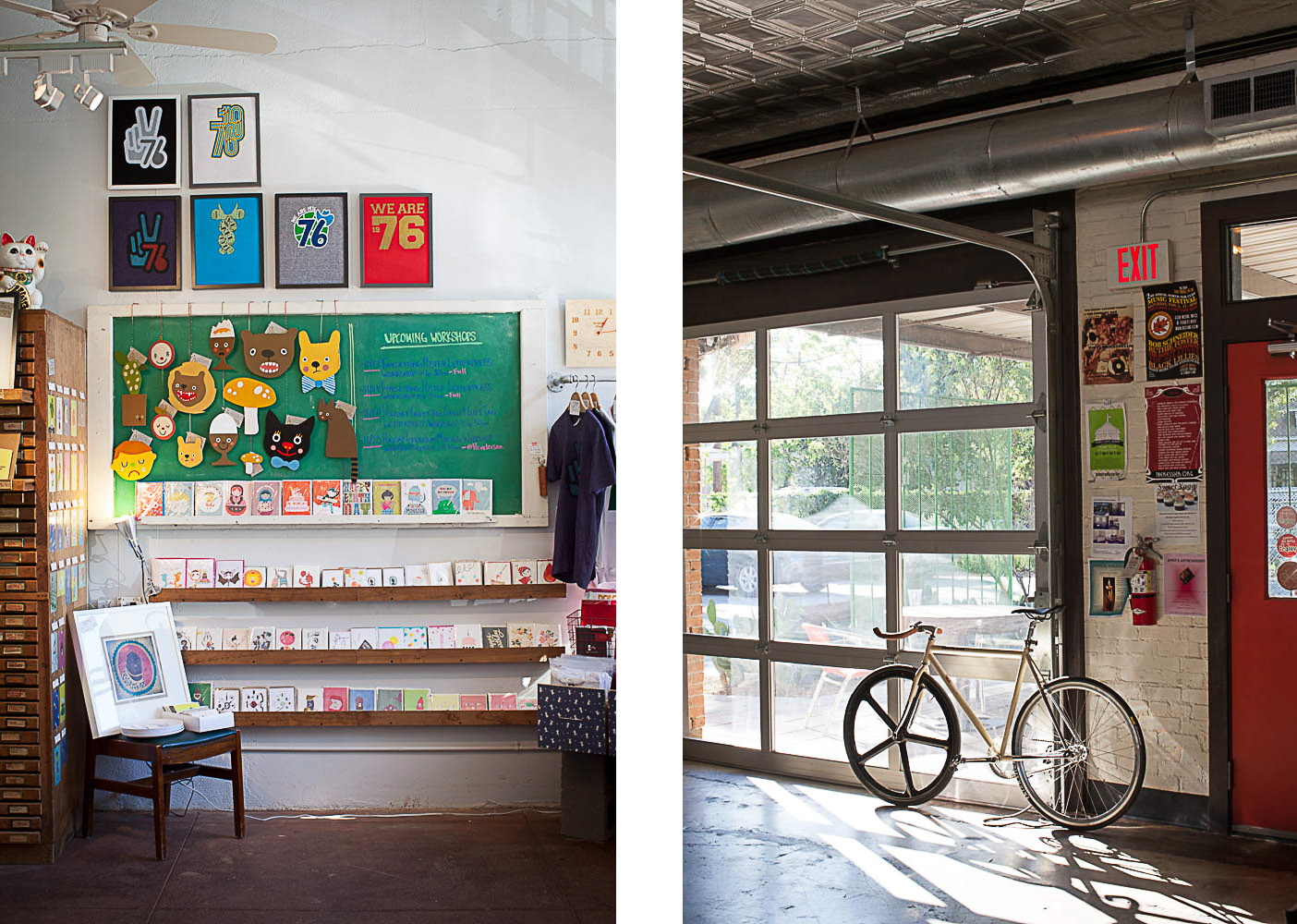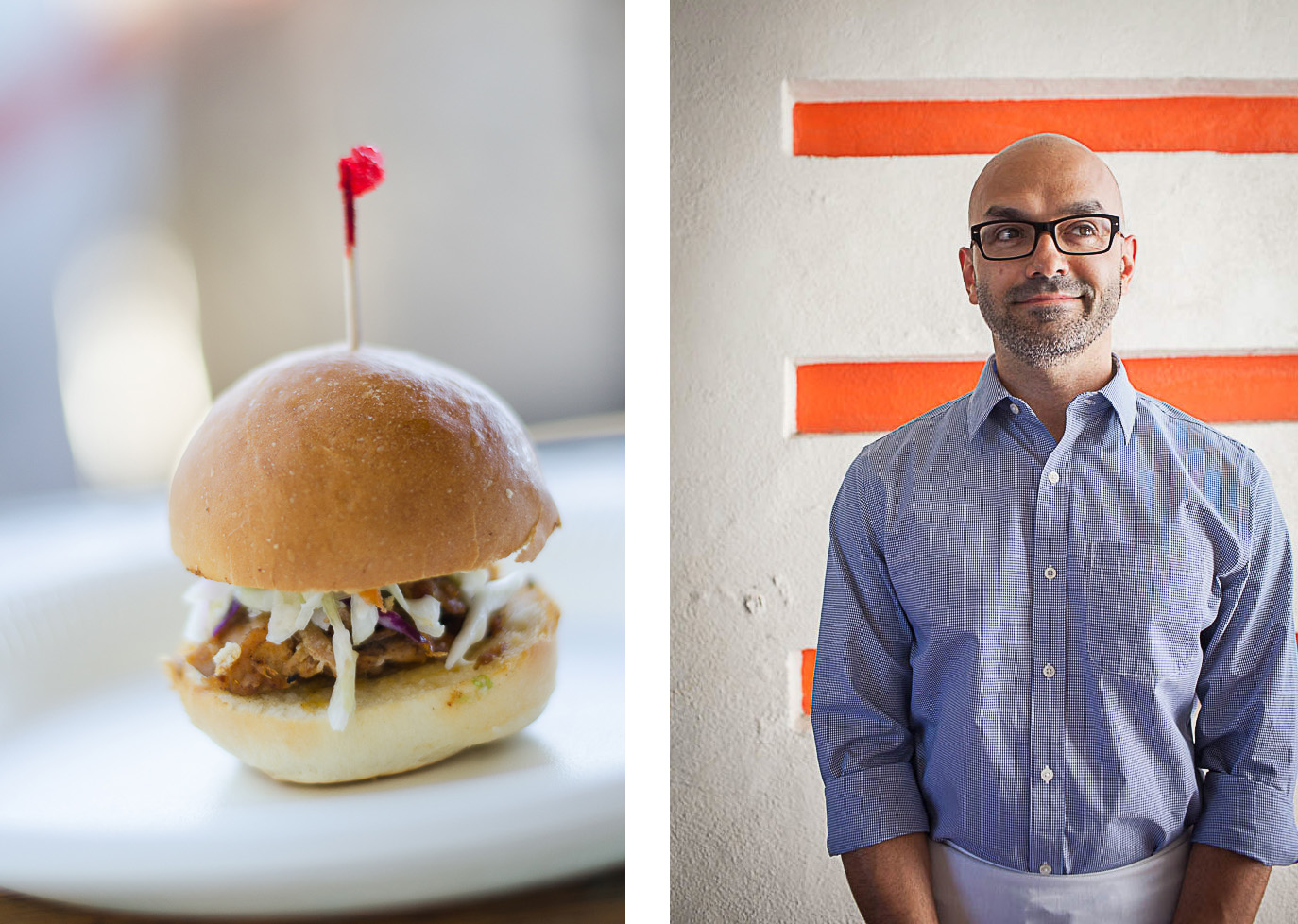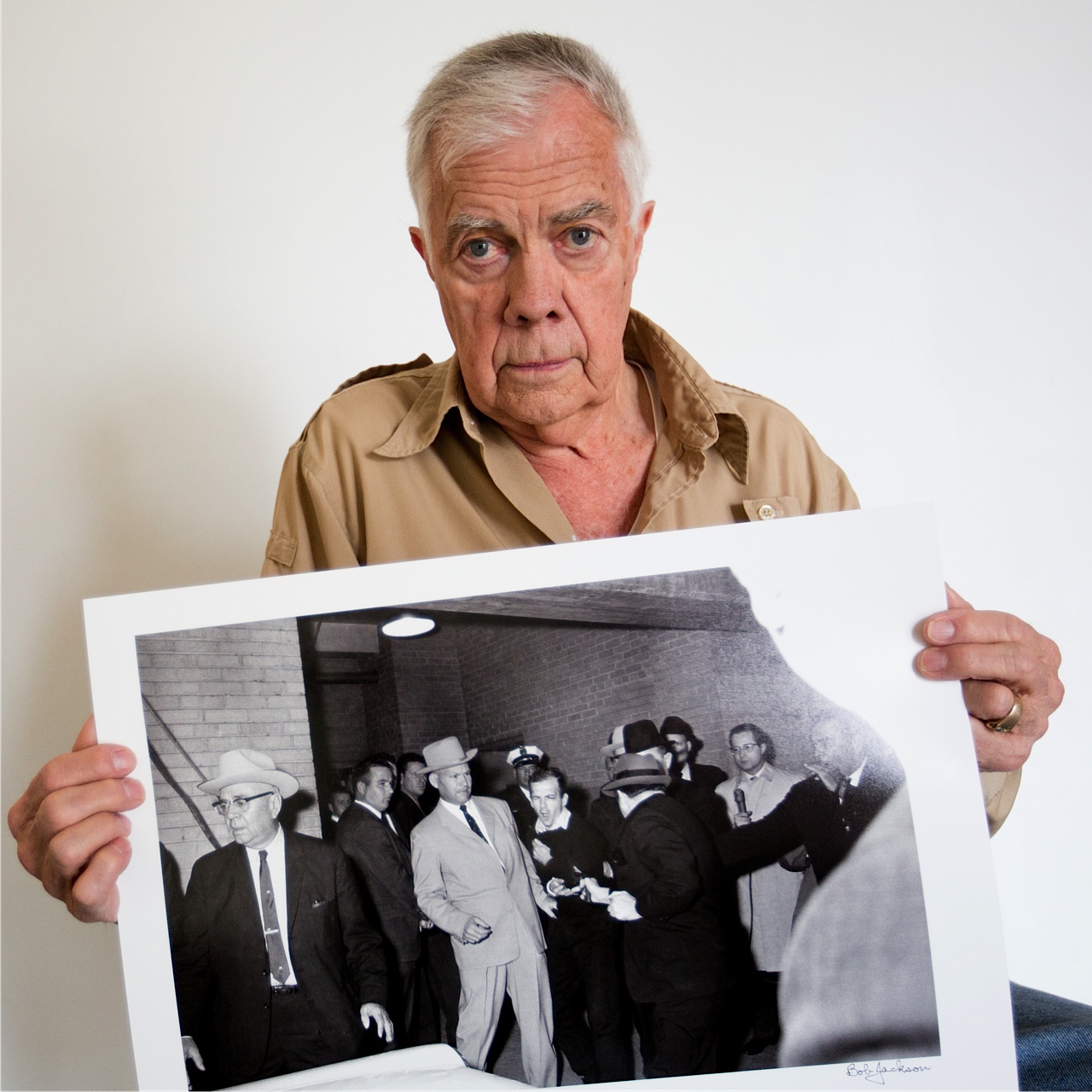Give the photographer or assistant in your life the gift of an All Access Pass to Texas Photo Roundup in Austin! Register online and simply put their name & email on the first screen and your info on the billing page. Then download this image to print and place under the tree! This is the gift that keeps on giving! REGISTER HERE

I had the pleasure of talking to Eric Doggett recently and picked his brain on what made him click as a successful commercial photographer in today’s competitive industry. We spoke about his career decisions and the creative influences that made him the photographer he is today.
What/Who were your biggest inspirations growing up?
I came to photography late in life. When I was younger, I was more inspired by other creative areas like music and art. I spent four years in the Air Force at the Pentagon, and at the end of that tour I started thinking more about creative areas I was interested in. One of the big ones for me (and still to this day) was film music – I have a crazy appetite for film scores. It’s a bit of a weird type of music to get hooked on, but I love them. So when my family and I moved to Austin, I did music for independent films and commercials in town. Now that I’ve moved into a visual medium, all that music inspires me while I’m working. I can match up a certain soundtrack with a mood I’m in, or the mood of an image I’m working on, and be very happy.
Do you have any influences that inspire your current work?
Sure. Like many of us, I have several. Some of my favorites include Dan Winters (who, interestingly, I run into on occasion as he lives about 20 minutes away), Randal Ford, Jeremy Cowart, George Lange, Art Streiber, Brian Smith, Dean Bradshaw, Erik Almas, Frank Ockenfels and lately, Matt Hoyle for his humor work.
What career path were you involved in before deciding that you needed a change?
My background was in information technology/web development. We would create applications for various organizations at the Pentagon. It was an interesting place to be at when I was in my 20s. But (like all development-type work), it takes a certain mindset to put up with those fluorescent lights all day. I just knew it wasn’t for me. For example, I would have more fun creating promotional videos or images for various projects than I ever had writing code. In fact, one of my favorite accomplishments from that time was creating the official logo for the government’s Y2K effort. This was back around Photoshop 3, when layers were new and all the rage.
What moment made you realize that you wanted to pursue photography?
2005. I was doing web development work for a health company and our first son was born. I somehow convinced my wife that we needed a new camera to capture all of his little life events, and somehow by the end of that year I found myself shooting weddings.
How did you get started?
The first one was one of those ‘friend of a friend’ weddings that was going to be small. There was a good three-month period where I remember getting my hands on any photography book I could find and reading it over and over. The funny thing about weddings for me was that my most favorite time of the whole event was when I had ten minutes alone with the couple to create images. In my mind, I was spending eight to ten hours of shooting to get those ten minutes of fun. And as I did more and more of them, I started sketching ideas for shoots we could do during that time. And they started involving more and more humor. In fact, consultants would look over my portrait and wedding work and see this consistent humor thread. I shot weddings until some time in 2010, when I started becoming more interested in editorial and commercial work. They were a break from the reactionary world of wedding photography. I was able to spend time planning a shoot, focusing on what was needed to create the image I had imagined.
I really enjoy the humor in your photography. What is your thought process when creating those concepts?
It depends. Sometimes I get a client who is looking for a funny idea, and those shoots are always the best. Other times, I think of an idea on my own that’s funny to me and I set out to create it. Usually, those personal humor shoots are the ones that people remember. They sort of start out with a “wouldn’t it be funny if..” and then go from there.
What is your favorite part of creating and executing those concepts?
How do you keep yourself motivated?
Since I usually retouch my own work, I love keeping up with the latest techniques and software. Seeing what other people are doing with Photoshop can be a big source of motivation for me. I also keep a running list in Evernote of shoot ideas that I think would be fun to do.
What is your favorite part of being a photographer?
I love to experiment a lot in post production, so I definitely enjoy that process. Also, whenever I feel like I’ve put in a good day working, I’m happy. This is tough sometimes as we all can approach this job in a reactionary way, dealing with whatever fires are going on that day. However, if I’ve done a good job planning tasks for the day/week and then get them checked off, I really enjoy that feeling of accomplishment. The challenge here has been separating a task from busy work.
What advice or motivation would you give for anyone inspired to start their careers in the photography industry after being involved in something different, then competing with other photographers that have been involved in the industry for most of their lives?
I think the best piece of advice is to be sure that what you are offering to the market is your own unique voice.
It’s easy to get caught in a mode where you are constantly copying other people’s styles or techniques as a test for yourself, only to find that your whole portfolio consists of tests you’ve done over a period of time. You end up with no overall direction – just a bunch of well-crafted images that are completely different in look and approach. Find inspiration in others, try to recreate techniques they have done, and then put all of that knowledge in the back of your head and store it as an ingredient for your own style.
What has been your best career decision so far?
Probably accepting that I’m not the perfect match for every client. Artists by their very nature are pleasers – we want people to enjoy the work we create, and we want the opportunity to serve as many people as possible. So it’s a bit of a leap to say ‘I’m not the best person for you on this project‘. I like it when someone can look at an image and know that it’s mine before they read that I shot it. It means that I am developing my own vision and style. That process has taken years for me, but it’s the only way that I would do photography today.
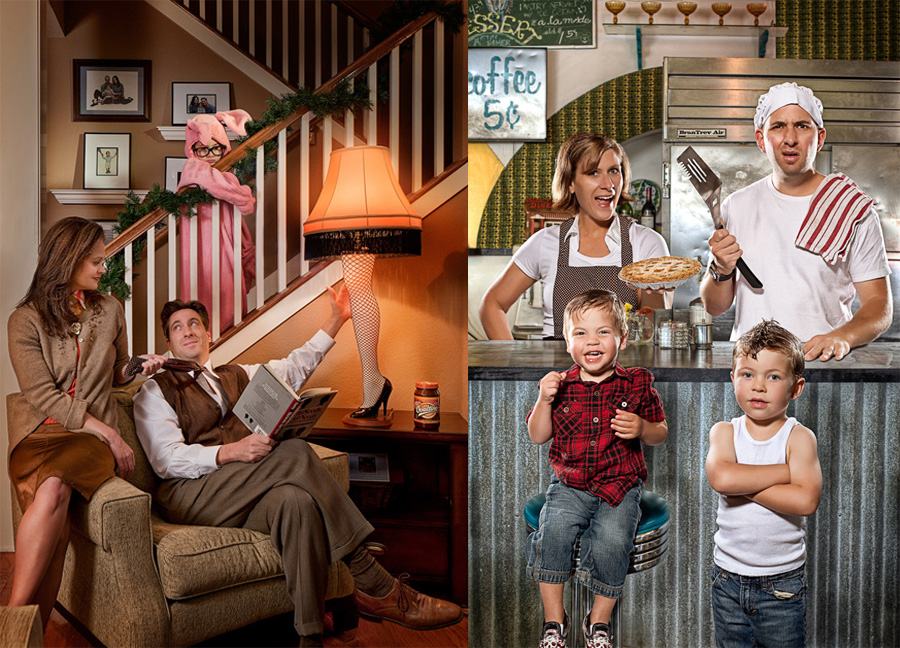
What is your favorite piece of equipment that you use?
A photographer named Joey Lawrence. once talked about how he used neutral density filters combined with flash to get a really shallow depth of field with the punch of a flash. It’s a great look, and I’ve found myself using that set-up more and more. I’ve also developed an addiction to tethering – I love having a laptop on set whenever I can.
What current projects are you working on?
I’ve done lots of editorial work in town and so every now and then I’ll have a magazine project come up. I’m also working on some projects involving 3D. It’s an area I had a little work in a long time ago, and I’ve been working on some fine art images that blend photography and CG images. I also do fun holiday card images for clients every year at austinchristmascards.com. They take up a lot of time starting around October, and it’s always a challenge as every client is unique! Additionally, I just launched an Introduction to Compositing e-book with Peachpit Press. It’s a great deal at $5, and they have several for sale at fuelbooks.com.
Who is your dream client?
A lot of creative types will say that a dream client is one that will let you create whatever you want. I’ve found, however, that I like a little bit of constraint. I’d rather have a client give me their input about what they think would work, because more often than not, it sparks new ideas and directions that neither of us would have envisioned on our own.
What is your favorite thing about living in Austin?
I love the fact that everything is usually no more than 20-30 minutes away. We’ve been here since 2002 and we love it. We can’t imagine living anywhere else. There’s always a new restaurant to try.
Favorite restaurant?
This is tough. Really tough. I’m just going to rattle off a few of my favorites: The Grove Wine Bar, Hop Doddy for burgers, Perla’s for fancy stuff. Magnolia Cafe for tasty breakfast. I’m also looking forward to trying out the new food trailer area off 360. Oh – and any place that will sell me a real copper mug with a Moscow Mule drink. If they serve it in a glass, it isn’t real. 🙂

Who: Joel Salcido
What: A ten page photo essay on tequila
Where: Texas Monthly: Photo Editor Leslie Baldwin, Creative Director T.J. Tucker.

 f
f



This post is by I Love Texas Photo Contributor, Milli Apelgren

The exhibition Radical Transformation: Magnum Photos into the Digital Age.
Photo by Pete Smith.
Image courtesy of Harry Ransom Center.
The symposium has now wrapped up. Too quickly really, I for one could have enjoyed this day and night for another week. A monumental feat for Jessica McDonald, Roy Flukinger and the Ransom Center staff to bring such an enriching accompaniment to the exhibit, Radical Transformation: Magnum Photos into the Digital Age is on display until January 5th.
It’s still a little staggering that we even have a resource such as the Ransom Center here in Austin. And now that the Magnum collection has come to live here forever, we will have a significant contingent of the Magnum members coming into Austin to support the symposium and discuss the biggest issues facing journalism and photography today. I will note that the Ransom Center recorded the symposium and this audio will be available in the reading room. (The reading room incidentally is a marvelous resource with a helpful and welcoming staff eager to get you acclimated. You just go and they will guide your visit.)
The issues raised and discussed during the symposium directly reflect each of the photographer’s particular fields of work, as well as the particular concerns of those of us who practice and love photography. But it is more than that. Imagery, and our understanding of it, shapes history. From personal histories, documentation of rarely seen cultures, to world events, photography is shaping historical consciousness. How it is made, how much of its language is understood, how it is preserved are issues that have been altered greatly with digitization of photography. The slow transition it has made into our cultural lexicon may seem like natural evolution but the implications are monumental. How Magnum navigated and continues to navigate these waters will now be available for future study.
So besides the rock star status these image makers hold, the issues they grapple with and how they have creatively addressed them, can guide us through a tumultuous process when confronting the issues ourselves down to the smallest scale. Magnum, for generations now, has flourished. While continuing to maintain a high caliber of incoming members, it is the pioneering and creative philosophies that have kept it strong. Gripping images, innovations, and how the work could be placed in the context of life and history are integral components of the Magnum philosophy. After the keynote address and four panels, I am struck with not just that this is their personal philosophy but it is how they function as an entity in total. I am left with the impression that over time they have embraced the changes, and continually morph them into useful tools as any great artist might. When most people are screaming and running to the hills saying photojournalism is dead, they innovate and adapt with force.
Just to get one more picture, nothing else
Friday night Fred Ritchin started off the symposium with a comprehensive, concise and riveting keynote address. Ritchin is the professor of Photography and Imaging at the Tisch School of the Arts, NYU and Co- Director of the Photography and Human Rights Program. He gave a thorough survey of the effects digital technologies has had on our news media, from its inception to present day. He started out discussion with a 1982 National Geographic cover image altered slightly to fit the vertical cover better. He ran through examples of digital alteration throughout the 80’s and 90’s, landing on the recent world press award controversy in regards to Paul Hansen’s funeral photo. The lack of strong industry standards when clearly marking alterations of images used in news lead to a loss of confidence in the image, especially as we turn to a more enhanced drama in our news sources.
He also pointed out the repetition and oversimplification of imagery occurring today with our use and understanding of digital effects. We are like someone driving 90 miles an hour looking in the rear view mirror. We do not understand the direction we are going exactly. Ritchin also reviewed the concept of citizen journalism and he stated that the Abu Ghraib photo is arguably one of the most poignant of our times. He ventured into our unknown future with the advent of Google Glass and soon Lifelogging. This is just touching on the surface of the comprehensive survey given by him and I am surprised he was able to fit it all in 45 minutes. What all this means in the times ahead will be revolutionary.
Each panelist spent about twenty minutes discussing their individual work and how it related to the topics presented. After each completed speaking they sat together fielding moderator questions and then questions from the audience.
There were so many valuable lessons from each photographer on their individual working methods and how they are trying to innovate and navigate as authors in these new territories. A couple snapshots pulled out from the first panel:
Chris Steele- Perkins looks to do more than parachute into a place or be a “war photographer”. He spoke of the extended story, digging in for more meaning and finding the cultural context surrounding war as more important to his work.
He has found the book to be the platform that works best for him. Even stating he does not believe in the photo story. As it is, a few images get plucked out of the larger story versus a book publication that can support the full context. He spoke also of exposing misconceptions of other cultures and people. I was impressed with his description of how he develops a portrait of a place. He is utilizing small vignettes, building on details he can’t get out of his mind that become descriptors of a larger story. Making his images to not necessarily push a point of view but to give an idea of what it felt like to be there.
The visible gives it form, the invisible gives it value
Chris Anderson is now New York Magazine’s first and only photographer in residence. He has ventured into various platforms developing a version of his book Capitolio for the iPad. He describes his style as emotionally charged, experiential photography. He feels there has been some experimentation with the new platforms but that it can be pushed much further and has vast possibilities we have not seen yet. He also touched on some interesting ideas about the digital realm not just affecting how photographers produce work, logistically and otherwise, but the way in which we collectively see and process the information.
Jim Goldberg and Alec Soth both talked about their Postcards project and the importance of having a model that is conducive to inspiration and collaboration. As it has grown they have been able to create new avenues and materials afterwards.
Josef Koudelka quotes:
Aspirations, “Just to get one more picture, nothing else.” About images, “The visible gives it form, the invisible gives it value.” “I will get to my knowledge through my eyes.”
Also significant was Susan Meiselas‘ presentation which touched on her own significant body of work some, but she concentrated her time speaking about to the work of the Magnum Foundation. A solution
that Magnum has found for giving back and which is helping fulfill the needs of growing photographers and undeserved stories across the world.
I’d love to relay more comprehensive review from the all of the speakers but the volume would be too large. Part of what is so great about the symposium is having them all here at one time in discussions together. Some of my favorite moments were just seeing them, old friends not having seen each other for who knows how long, meeting up again here in Austin. A rare treasure.
Rundown of the schedule and speakers:
Friday, October 25th
Introduction with Director Stephen Enniss, Introduction with curator Jessica McDonald, Keynote Address with professor and author Fred Ritchin
Saturday, October 26
Panel 1- Magnum In Print: Delivering the Picture Story
with Kristen Lubben moderating, Bruno Barbey, Chris Steele- Perkins, and Christopher Anderson
Panel 2- Expanding Platforms: Magnum Photos in the Art World with Anne Wilkes- Tucker moderating, Josef Kouldelka, Alessandra Sanguinetti, and Alec Soth
Panel 3- New Media, New Model: Magnum Photos in the Digital Age with David E. Little moderating, Eli Reed, Michael Christopher Brown, and Jim Goldberg
Sunday, October 27
Panel 4- Magnum Photos into the Future with Jessica McDonald, Susan Meiselas, Mark Power, Moises Saman and CEO Giorgio Psacharopulo
This post is by I Love Texas Photo Contributor, Milli Apelgren
Photographers Michael O’Brien and Robert Seale will present their award winning photography on November 14, 2013. This is a not to be missed event for those interested in the best of portrait photography for editorial, advertising and corporate clients.
For the past 40 years, O’Brien has made his living in photography—taking pictures for bands, magazines, newspapers and anyone else who would hire him. He has published two books: The Face of Texas, with his wife Elizabeth O’Brien; and Hard Ground, with Tom Waits. Tom Waits has also refused to invite O’Brien into his band. Elizabeth does allow him to sing, but confines his performances to the shower.”
Robert Seale is one of the most respected editorial and corporate photographers in the world.
Robert Seale is a Houston photographer who specializes in photographing people for magazines, prestigious design firms, corporations, and advertising agencies. He is known for his diverse lighting skills and creative problem solving. His clients include Sports Illustrated, ESPN The Magazine, Businessweek, Forbes, Barron’s, Smithsonian, Air & Space, The New York Times Magazine, The Sporting News, ExxonMobil, BP, Major League Baseball, Tellabs, Schlumberger, Adobe, Reebok, and Under Armour.
FREE to ASMP Members
$10 Non-members
$5 Students
First Unitarian Universalist Church of Austin- 4700 Grover Avenue
7:30-10PM Doors open at 7
More info and RSVP: http://asmp.org/education/
The Business of Architectural Photography with Steve Whittaker
The business of architectural photography is another aspect that cons tantly requires attention. Estimating, licensing issues, scouting assign ments, creating that shoot list – all are important factors. Once the client signs that contract and pays the 50% retainer, project coordination comes into play. That includes security clearances, site preparation, transportation arrangements, permits, releases and authorization. All of these areas need to be conveyed to the client. This presentation covers all of that and more.
Steve Whittaker’s clients include architects, interior designer= s, advertising agencies, graphic designers, construction, REITs, hospita= lity and corporate direct clients. His assignments cover everything from = aerials, some life style, and interior spaces to illuminating the exteri= or surfaces and interior space of buildings for dramatic dusk images.
He is currently serving his second term as an ASMP director, he is = an advisor with the Oregon Chapter, a Chapter Liaison with multiple ASMP = chapters, and a past President of the ASMP Northern California Chapter.
COST:
FREE — ASMP Member
25.00 — Non-Member
15.00 — PPA, NPPA, or APA Member
10.00 — Student
REGISTER ONLINE!
http://asmp.org/education/event/info?id=688
WHEN:
Tuesday, November 12, 2013
7:15 PM to 9:00 PM
Social time starts at 6:30 PM
Where:
The 9th Street Studio 315 9th Street, # 2, San Antonio, TX 78215
Doors open at 6:30 PM. Program begins at 7:15 PM
Light refreshments will be served.

Who: Ben Sklar
What: The New York Times Travel section
Where: Morocco
Read below for what Ben had to say about the shoot.
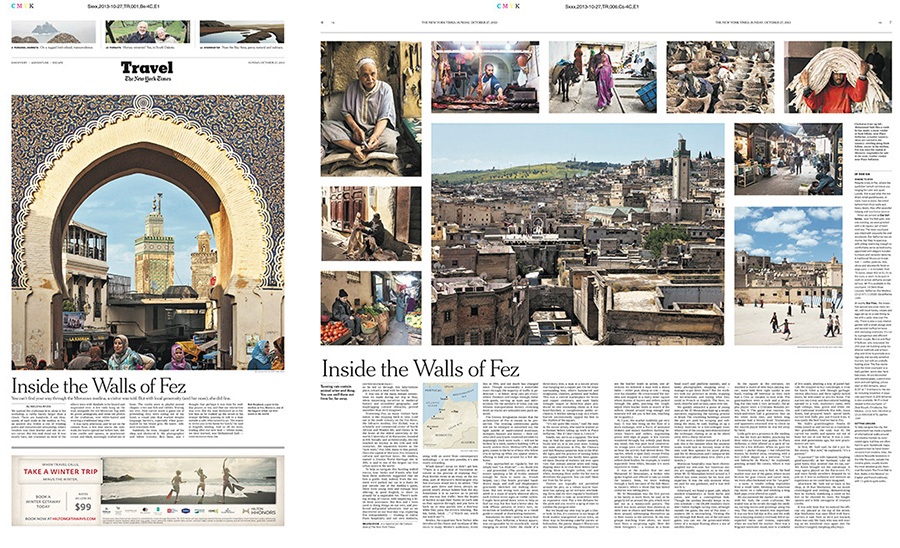
“I spent about a month doing three travel stories and then one story for the Styles section for The New York Times that took us on a boat from Casablanca to Barcelona. It was super fun, but very different to rent a car and drive around northern Morocco, but I was well prepared after touring with countless bands, walking across Spain and hitchhiking through parts of the middle east to name just a few previous experiences.
The assignment was open ended giving us the opportunity to explore what we wanted and eventually tell it in the first person. So we avoided snake charmers like you see in Marrakesh and instead we went for own adventures like going home with 80 year old animal horn carvers for a family meal, secretly following strangers to leather auctions or smoking Hash with fruit vendors in the market. The influence of globalization on traditions in an ancient city was fascinating, it is after all a UNESCO world heritage site and the largest urban area without cars. For example, there was only one remaining camel butcher in the old Medina (a moroccan delicacy).” – Ben Sklar.
To see more of Ben’s work click here.

October 18 and 19th Spirit’s Emily Kimbro and our very own Jasmine DeFoore held an awesome workshop at Dallas’ Belmont Hotel. The workshop detailed what it takes to create an effective Travel story. Below are the results from the photographers.
Experience The Bishop Arts District 







We would like to graciously thank Belmont Dallas for sponsoring the workshop!
Who: Austin-based photographer, Nicole Mlakar
What: Whole Foods new pet food line Whole Paws
Read below for what Nicole had to say about the shoot.

“This past January I had the pleasure of photographing 25+ dogs and cats for Whole Foods new pet food line, Whole Paws.
The casting included tons of great cats and dogs, almost solely from Whole Foods employees. We all knew the challenges of photographing real pets, as opposed to animal talent, but luckily I have quite a bit of experience in that arena. Whole Foods also wanted natural environments for our pets so all dogs were shot on location at a downtown park and all cats were photographed in their homes. The cats had the better end of this deal since we unfortunately had a very chilly and cold two weeks of shooting. We created so many fantastic images and I’m really happy with the end result!
You’ll have to check out the product yourself to see even more adorable images on the back of each product. I love that they even talk about how these are “Real Pets – Not Actors” and every pet’s name and age is included. My own cat, Tuna (the long-haired/long-whiskered Calico), even got in on the action and she’s totally let the whole thing go to her head.
There’s also some really great in-store marketing in the pet aisle that utilized many of the images as well. Each store is a bit different but I know the flagship store here in Austin, TX has a super cute cutout bone that features Finch, the French Bulldog.
I had an amazing crew on this shoot and the Whole Foods team was absolutely wonderful to work with.” – Nicole Mlakar

